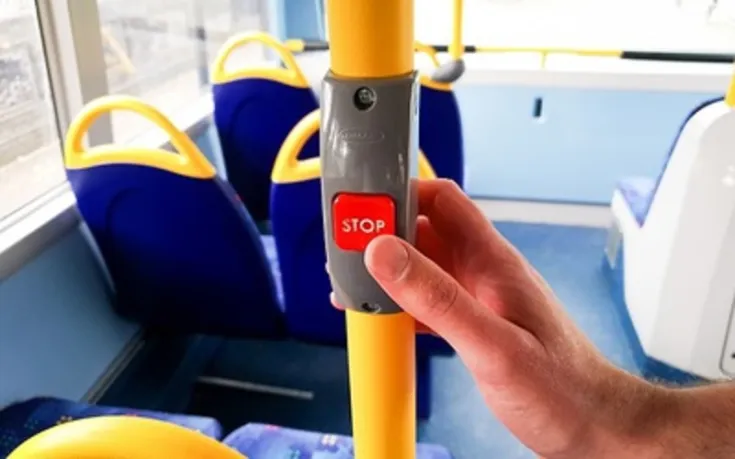Back from a week researching around Montenegro 🇲🇪, Bosnia and Herzegovina 🇧🇦 and Croatia 🇭🇷 with a writer friend of mine. An amazing time! 🚗
✈️ For anyone working with languages, trips to “territory” (where those languages are spoken) are valuable for language maintenance and seeing and hearing what’s on trend linguistically, particularly slang. There’s only so much keeping up with things on the net from afar can do.
Here are some of my observations this time round…
🔤 A resurgence of Cyrillic alphabet use in Montenegro. I was particularly surprised to see “Hrabro se broji” coalition campaign billboards in Cyrillic script, complete with PM Dritan Abazović’s face on them. Montenegro’s government has advocated the sole use of Latin script in official circumstances (such as on street signage and government websites), but places where people who identify as Serbs are in a firm majority (e.g. Herceg Novi), street signs are now in Cyrillic script (plus English). Like in Bosnia and Herzegovina, the public use of Cyrillic script acts as a territorial marker to show that the area is Serb.
💳 Related to this, I found at one ATM in Cetinje, Montenegro, the national language option labelled “Crnogorski” (Montenegrin) for Latin script and “Српски” (Serbian) for Cyrillic script.
🗣️ To reflect the competing patchwork of ethnic identities in Montenegro, the constitution has Montenegrin (Crnogorski) as the “official language” and (along with Albanian) Serbian, Croatian and Bosnian as “languages in official use”. However, these three languages when spoken in their Montenegrin variants are identical to Montenegrin. However, to avoid any conflict, people in Montenegro often describe their language as “naš jezik” (“our language”). More info about the use of this euphemism in the link in the comments ⤵️.
🪧 Commonly seen before everywhere along the Montenegrin Riviera were signs with “ПРОДАЖА” (“FOR SALE” in Russian). I didn’t notice as much signage in Russian as before, a sign of the greater diversification of Montenegro’s tourism clientele of late.
👋 The replacement of the pan-Yugoslav greeting of “zdravo” (hello) with the Zagreb-originating “bok” continues apace in Croatian. Everyone was using it all throughout Dalmatia and, particularly, in Croat-majority areas of Bosnia and Herzegovina, where it serves as an ethnic identifier. Many people from other parts of the former Yugoslavia are unaware of this change and out of habit continue to say “zdravo” when in Croatia.
🔎 The devil’s in the details. This is why when having text translated into one of the four related languages – Bosnian, Croatian, Montenegrin or Serbian, you must engage professionals who specialise in just one of these languages.




















































.%20A%20day%20of%20campaigning%20%E2%99%80%20%E2%80%A6%20or%20a%20day%20to%20buy%20flowers%20%F0%9F%92%90.jpg)

















































